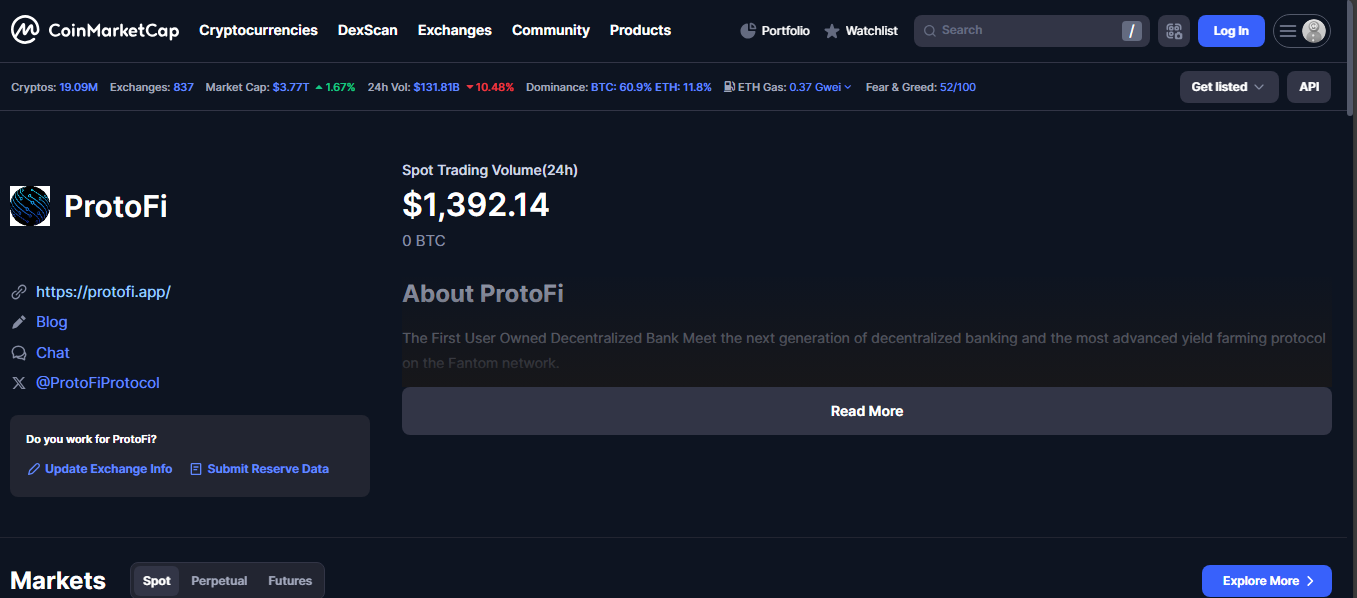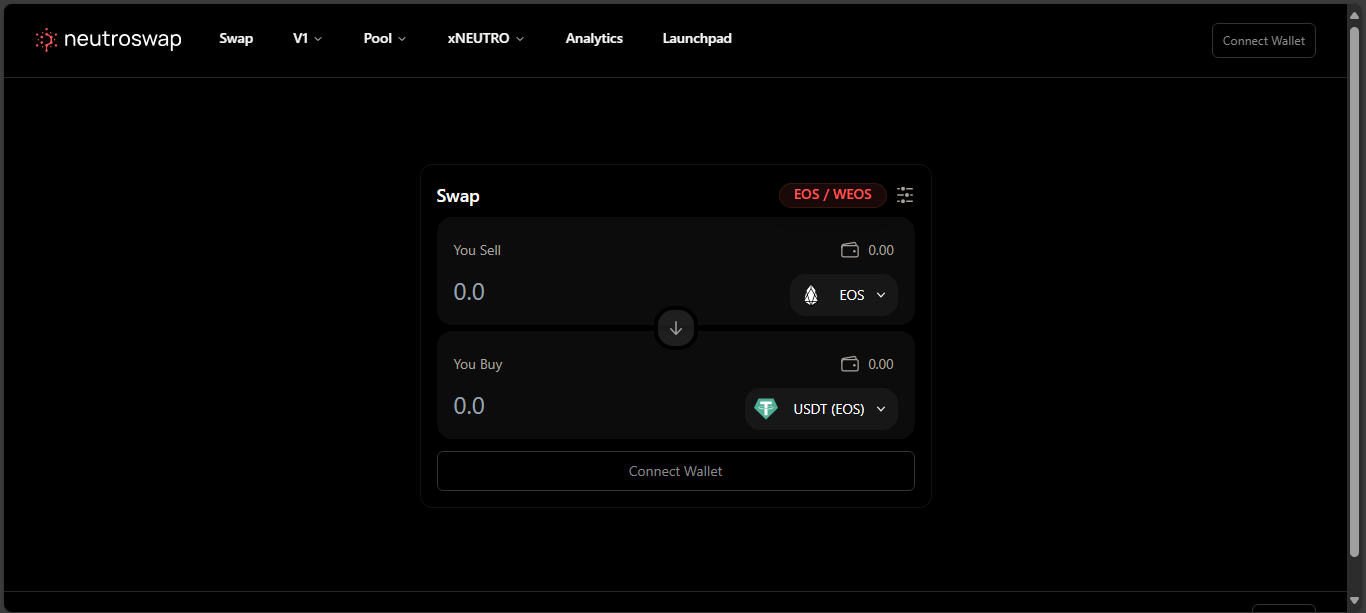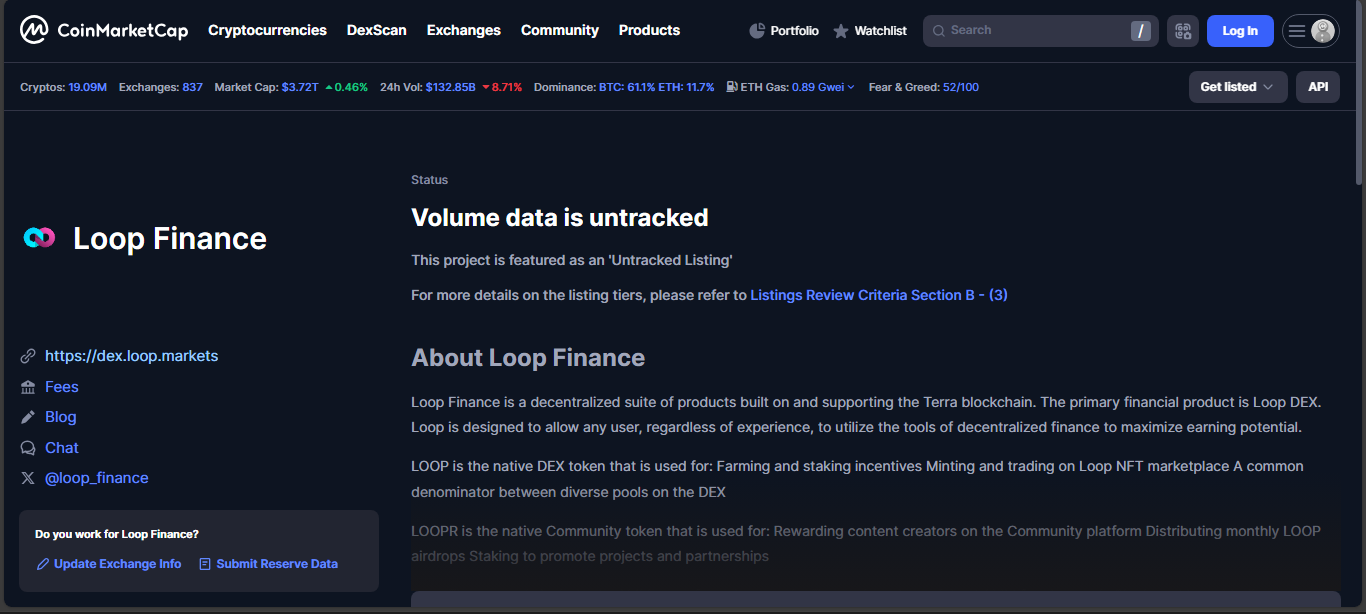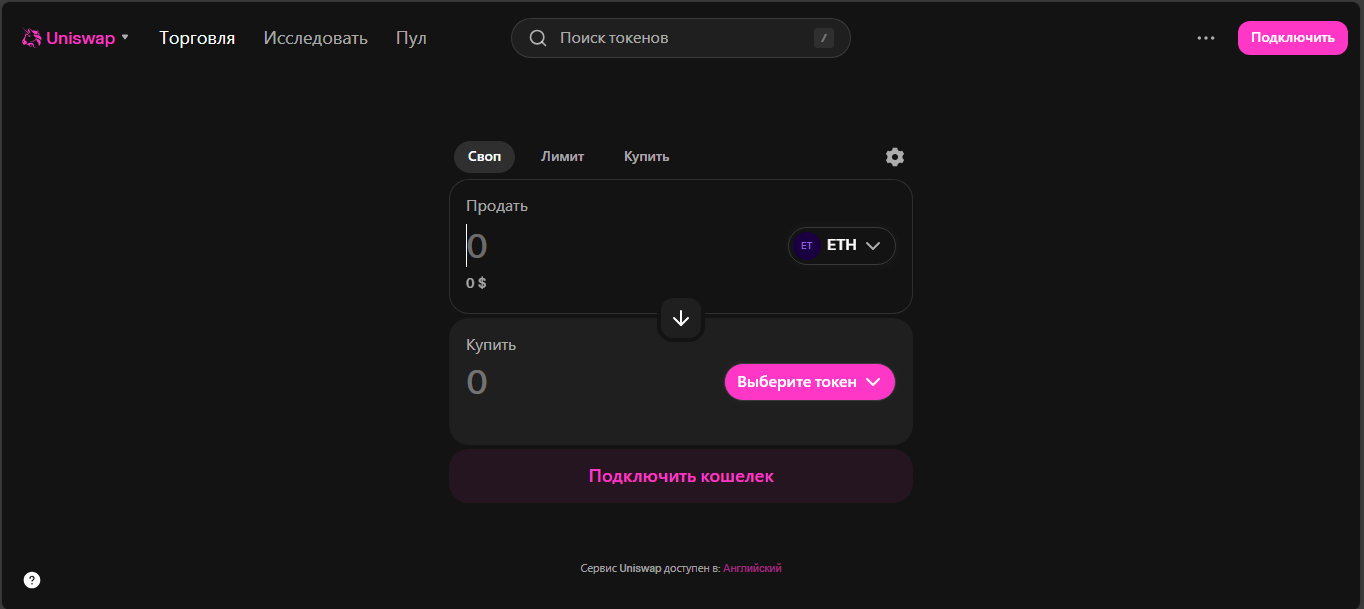ICO Rankings Blog
Discover a wealth of knowledge and stay up-to-date with the latest trends, news, and insights in the cryptocurrency and blockchain space through our blog.
Discover a wealth of knowledge and stay up-to-date with the latest trends, news, and insights in the cryptocurrency and blockchain space through our blog.
ProtoFi appears as a one-stop DeFi suite built on Fantom. It promises portfolio management, swapping, staking, yield farming and a pro-tier interface. In theory, it gives users a full financial playground. In practice, activity is tiny.
PROTO token max supply is about 3.95 million. Circulating supply is reported as zero. TVL on ProtoFi sits near 34,000 dollars. Yet daily DEX volume is barely 1,300 dollars. On-chain swap flow is minimal - only a few trades per day. The platform exists, but no one really uses it.
Users connect a Fantom wallet and try staking or swapping. No account or verification needed. You click, but switches often revert or slide into slippage. Farming dashboards load, but funds stay low. Features exist - crowd doesn’t.
PROTO trades in a few markets, mostly low liquidity. Price floats near 0.000076 dollars. All-time high was over 370 dollars back in January 2022. Now it trades at a microscopic fraction. Growth predictions vary - from tiny gains to speculative spikes, but nothing seems grounded.
Smart contracts power everything. They are immutable - flaws stay forever. Governance exists but participation is weak. Legal status is vague. Licensing or oversight is zero. They didn’t scam users - but momentum never arrived.
ProtoFi looks modern and ambitious - DeFi banking on Fantom, rich feature set, pro-tier design. Yet real usage is almost zero. The interface runs, but the flow stops. It feels like a preview - not a product.
If you want real yield farms and swap action - this isn’t it. ProtoFi remains an underused playground. If someday liquidity and engagement rise - maybe then it’ll shine. For now it’s Ethereum coded - Fantom built - user-starved

NeutroSwap appears with a bold brand identity and promises of deep liquidity and staking benefits. It’s listed on popular tracking sites under a cryptic ID. Yet trading pairs, UI, tokenomics - few of these components show real adoption. It looks active on paper but quiet in reality.
There’s a token tied to the project, yet circulating supply and on-chain metrics are often zero or untracked. Liquidity pools exist, but they’re thin or completely empty. Most user activity - even tracking services - show zero volume. It’s live code, not live traffic.
There’s virtually no recorded swaps. Trading statistics sit at zero or near zero over days or weeks. Users who attempt to swap may encounter stuck transactions or slippage. The interface - theoretically there - is functionally dormant. Visitors see buttons and options, but none trigger real trades.
Users who connect a Cronos-compatible wallet expect to swap or stake. But when they act, tools respond poorly. Transactions revert, balances don’t update, DEX depth stays flat. Governance or staking modules may exist back-end, yet no one uses them. The system feels like a display, not a venue.
Smart contracts seem standard - but untested by volume. If a bug arises, no user base exists to flag it. Governance mechanisms - if present - are dormant. There’s no legal structure, licensing, or oversight around NeutroSwap. Liquidity risk is real. The code may not rug, but it fails to scale.
NeutroSwap feels like a ghost DEX. It has architecture, UI placeholders, token labels - but no real users or depth. It didn’t crash. It simply never took off. It’s the kind of project that checks boxes in listings without placing trades in practice.
If you’re studying modular Cronos AMM designs or curious about empty infrastructure, NeutroSwap is a case study. But if you seek a functioning exchange or live trading - look elsewhere.

Loop Finance presents itself as a sleek DEX on BNB Chain focused on swapping, liquidity provision, and yield farming. It markets low gas overhead and staking tools for LOOP token holders. On paper it offers simplicity and rewards - but in reality, user engagement is low.
LOOP token has supply metrics listed, but circulating amounts fluctuate. TVL on the protocol sits in the low thousands of dollars. Daily swap volume is barely in the hundreds. Pools exist but have shallow depth. Transactions either fail or execute with high slippage due to low liquidity.
You connect a BNB Chain wallet and access swap or stake features without KYC or signup. Interface is clean but mostly unused. Farming protocol and staking dashboards activate, but rewards and deposits remain trivial. The tool looks functional but lacks crowd participation.
LOOP incentivization includes staking and fee rebates. Yet token trading activity is modest. Price hovers at a negligible level, far from any high. User interest and liquidity intersection is nearly zero. Predictions and models for LOOP rely on fresh capital inflows that haven’t materialized.
Everything relies on immutable smart contracts. Bugs stay if discovered. Governance components may exist but participation is weak. No legal structure or licensing is in sight. The project didn’t defraud users - but it also didn’t attract them.
Loop Finance stacks modern DeFi features: yield strategies, staking perks, minimal fees. But user flow and volume are practically non-existent on chain. It’s a deployed DEX with no crowd. Controls and dashboards are ready - but interaction is silent.
If you're exploring low-fee AMM systems, glance inside. But if you expect trade flow or liquidity - don’t count on it. Loop Finance is clean code without users yet.

LBank was built to serve specialists and casual users alike. It claims over 15 million users across more than 210 countries. The platform supports over 800 cryptocurrencies and around 1,000 trading pairs, spanning everything from Bitcoin and Ethereum to dozens of meme coins. You can buy crypto with roughly 50 fiat currencies via 20+ payment methods, enjoy flat trading fees (~0.10% maker and taker), and access services like spot, futures, leveraged ETFs, copy-trading, NFTs, staking, P2P, grid trading, and more.
Legit or not, LBank presents a strong front. It cites licenses and compliance in places like Canada, Italy, Australia, the US NFA, and AUSTRAC. It touts Merkle tree reserves, anti-manipulation rules, withdrawal whitelisting, cold storage, 2FA, and phishing prevention. The UI is sleek. Trading dashboards feel modern. But beneath the polish, opacity lingers - limited team visibility, unclear ownership, and inconsistent communication.
Volumes tell a different story. Some trackers report daily spot volume in the billions - $2.6B+ - and spot dominance among the mid-tier chunk of exchanges. Futures bring in multi-billion derivative figures. Registration numbers sound huge. Meme-coin listing speed is eye-catching. But clues of uneven activity exist - some jurisdictions restricted, user complaints of uneven support in English, and volatility in site performance during high traffic.
Critics point to weak public leadership, confusion over launch dates and registration, and support quality that depends heavily on language. Some meme-coin listings feel too aggressive - token listings come quickly, but at what cost? There’s smell of hype. Flashy announcements, menus full of tools, and big promises. Whether those match execution long-term remains unclear.
LBank is alive, vast, and active - a growing platform with real infrastructure. It offers almost every tool a trader could ask for. But its polish hides complexity. If you're chasing meme-coins and broad services, it's a destination. If you value clarity, transparency, and executive accountability, scratch beneath the surface. LBank’s future may depend on whether hype meets depth - or collapses under its own breadth.

QuickSwap v3 is an evolution of the AMM model - mirroring Uniswap v3 but tailored for Polygon. It allows liquidity providers to target price ranges, boosting capital efficiency and enabling tighter spreads. Regular users still execute seamless token swaps, benefiting from lower transaction costs and dynamic liquidity.
Over the past 24 hours, trading volume reached around $11 million, with top pairs like USDT/USDC leading in activity - demonstrating that QuickSwap v3 remains active and valuable for traders seeking Polygon liquidity.
The interface is intuitive - swap, provide liquidity, stake, repeat. It supports a wide range of ERC-20 tokens across Polygon, zkEVM, Dogechain, and more. Users report fast transactions, low cost, and a smooth learning curve.
QuickSwap v3 isn’t just another DEX - it’s a capital-efficient, chain-optimized liquidity engine running quietly behind many Polygon-based swaps. For liquidity providers, it offers precision and yield control. For traders, it delivers fast and affordable trades with decent depth.
If your goal is efficient DeFi use on Polygon or emerging L2s, QuickSwap v3 is a solid choice.

Uniswap v3 on Arbitrum is quick. Connect your wallet - swap tokens - done. No logins. No KYC. It runs on Arbitrum, so you don’t pay $20 for a click. You pay cents. Sometimes less.
It’s not flashy. But it works. Trades are fast. Fees are low. UI is simple. It stays out of the way.
This version isn’t about dumping funds into random pools. Liquidity providers choose price ranges. That means tighter capital, more efficient yield. No waste. Just target what matters.
There are three fee options - 0.05%, 0.30%, and 1.00%. LPs pick based on volatility. Stablecoin pairs? Use the low one. Risky tokens? Go higher. You decide the balance between risk and return.
Daily volume sits around $400 million. Often higher. Top pairs include ETH/USDC, ARB/ETH, and USDT/USDC. Over 230 tokens are live. More than 400 pairs trade every day.
People use this. Traders. Bots. LPs. The activity is real. It’s not hype.
The swap interface is clean. Pick a token, set an amount, hit swap. That’s it. Liquidity tools are simple too. You can add funds inside a range in a few clicks. APR, fees, pool depth - all visible.
LPs should monitor ranges. It’s not passive farming. But it’s manageable. Once you learn how it works, you’re in full control.
There’s no middleman here. That’s good - and risky. LPs face impermanent loss if prices move outside the range. Some tokens have low liquidity - expect slippage. Token approvals are manual - one mistake, and your funds are gone.
Uniswap contracts are audited. Arbitrum is stable. But DeFi has no guarantees. That’s part of the deal.
Uniswap v3 on Arbitrum does what it’s supposed to. Fast swaps. Low fees. Deep pools. Precision tools for LPs. And no distractions.
If you’re already in the Arbitrum ecosystem, you’re probably using it. If not - this is a solid place to start. No banners. No drama. Just DeFi that works.
